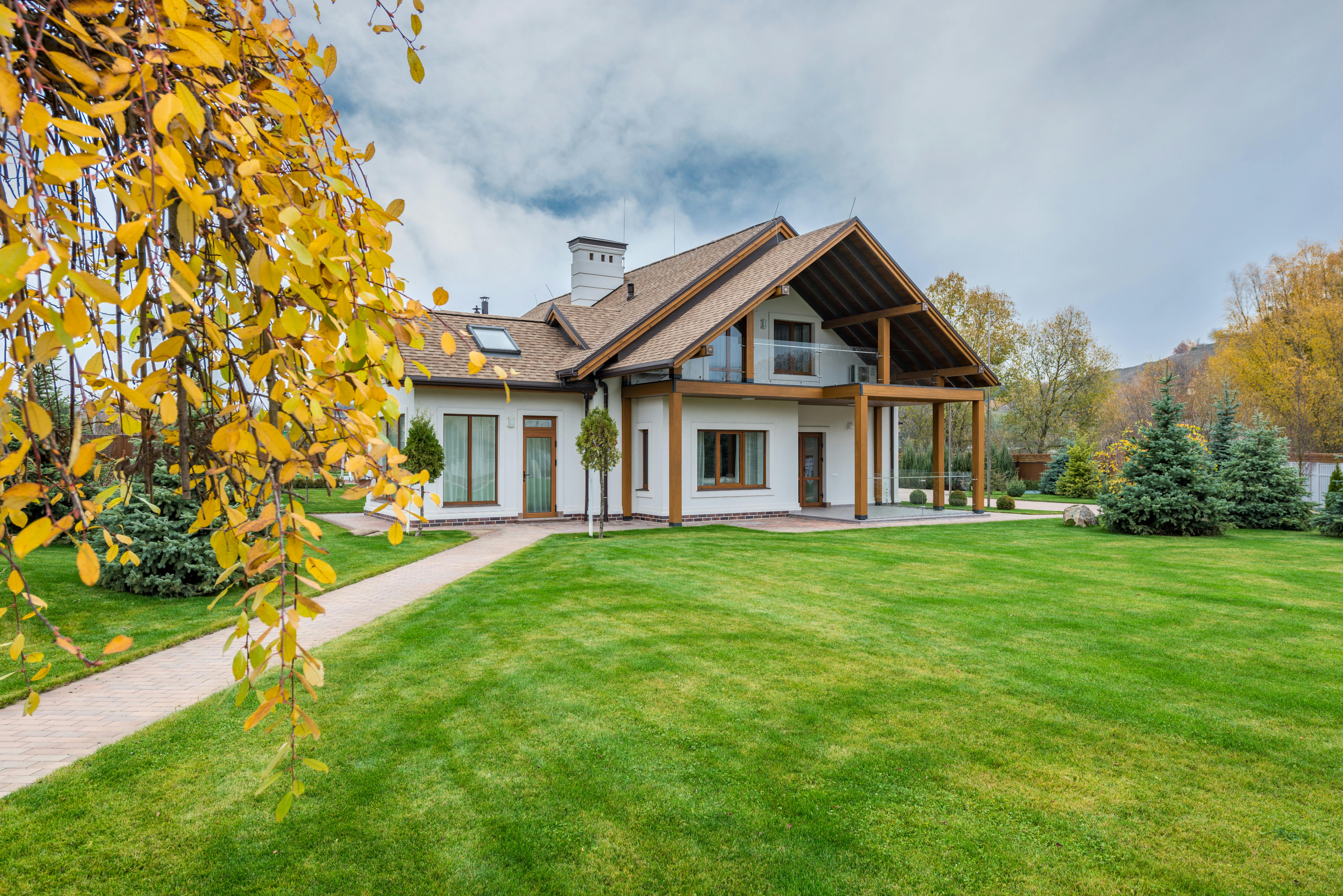Building a garden hot house is an exciting and rewarding project that will help you to extend your growing season and provide you with a warm and inviting place to enjoy your plants all year round. A hot house is essentially a greenhouse, but with additional insulation, heating, and cooling features. With the right materials and some basic knowledge, anyone can build their own garden hot house. In this guide, we will cover the steps involved in constructing your own garden hot house so that you can get to work on creating your own personal plant paradise.Materials needed for building a garden hot house include: lumber for framing, exterior grade plywood, clear polyethylene plastic sheeting, nails and screws, door hardware, caulking, glazing compounds, vents or fan systems, and insulation. Depending on the size and design of the hot house, additional materials such as irrigation pipes or lines may be needed.
Step 1: Decide a Suitable Location for the Hot House
It is important to select the right location for your hot house. Ensure that the area receives ample sunlight, is well-drained, and is not prone to flooding. It is also important to consider access to a water source, as well as ventilation. Choose an area that has enough space for you to move around and work in.
Step 2: Acquire Materials
The materials required for building a hot house includes wood, screws
Benefits of Having a Garden Hot House
Having a garden hot house can provide many benefits to growers and gardeners. It is an enclosed structure that provides protection from the elements, allowing plants to grow in a more controlled environment. Hot houses are great for protecting plants from extreme temperatures, pests, and disease. They also provide additional lighting and humidity control, which can help promote healthy growth in plants. Here are some of the benefits of having a garden hot house:
Protection from Extreme Temperatures
Choosing the Right Location for a Garden Hot House
When it comes to creating a garden hot house, one of the first decisions to make is where to place it. A lot of thought should be put into the decision of where to construct the hot house, as this will determine how successful it will be. In order for a hot house to be effective, it needs access to adequate amounts of sunlight and shelter from strong winds. If a hot house is placed in an unsuitable location, then it could be at risk of too much shade or wind damage.
Identifying the Best Shape for a Garden Hot House
When constructing a garden hot house, one of the most important decisions is to decide on the best shape. The right shape can make all the difference in terms of the functionality of your hot house. Here are a few factors to consider when choosing the best shape for your garden hot house.
The first factor to consider is the size and layout of your garden. If you have a small garden, then you may want to opt for a square or rectangular hot house as these

Selecting the Right Size for a Garden Hot House
When selecting the right size for a garden hot house, it is important to consider the area of your garden as well as the type of plants you plan to grow. If you have a large garden and want to use the hot house for growing vegetables, then a larger size may be necessary. Similarly, if you are using the hot house to protect sensitive plants from extreme temperatures, then a smaller size may be suitable. The key is to find a balance between the space requirements of your plants and the size of
Taking Safety Measures When Building a Garden Hot House
Building a garden hot house can be a rewarding and enjoyable experience, but there are certain safety measures that should be taken to ensure the project is completed safely. Before starting any construction, it is important to assess the area and plan out all aspects of the project. It is also important to ensure that all materials used are of good quality and meet local building codes. Additionally, ventilation should be considered when constructing a hot house in order to reduce the risk of fire or other hazardous conditions.
When building a
Maintaining Your Garden Hot House
Maintaining your garden hot house is key to ensuring that your plants grow and thrive in the best environment possible. There are a few key tips to consider when caring for your hot house and keeping it in top condition. First, make sure that the temperature inside the hot house is kept consistent so that the plants grow at their optimum rate. Proper ventilation is also important for allowing fresh air to circulate, as well as to reduce humidity levels and prevent fungal diseases. Additionally, it’s essential to keep the area clean and free

Conclusion
Creating a garden hot house is a great way to extend the growing season of your favorite plants. There are various factors and materials that you need to consider when building a hot house, such as the size, location, and design of your hot house. You should also take into account the cost of materials and labor when building a hot house. By carefully selecting the right materials and following the steps outlined in this article, you can easily create an attractive and effective garden hot house.
While building your own hot house can be a challenging task, it is also
